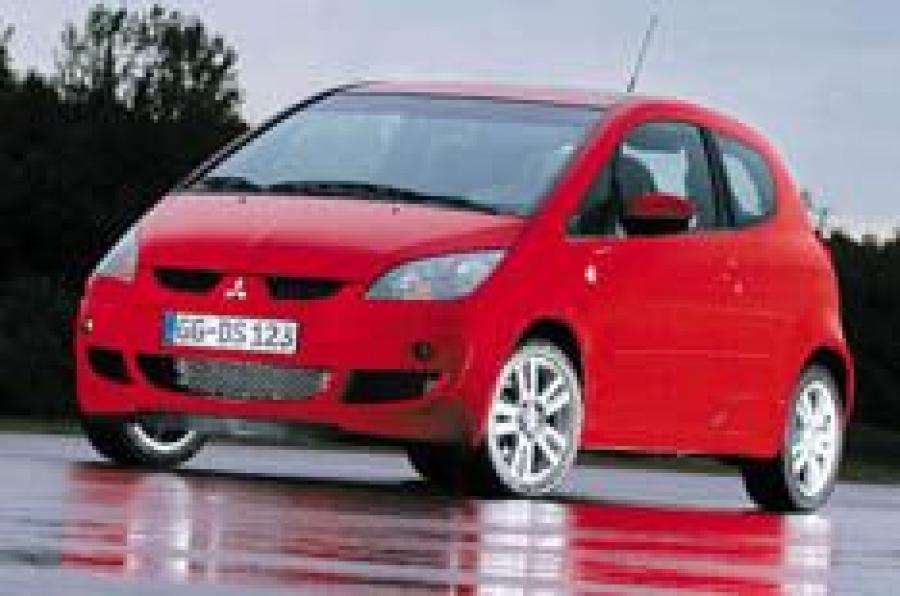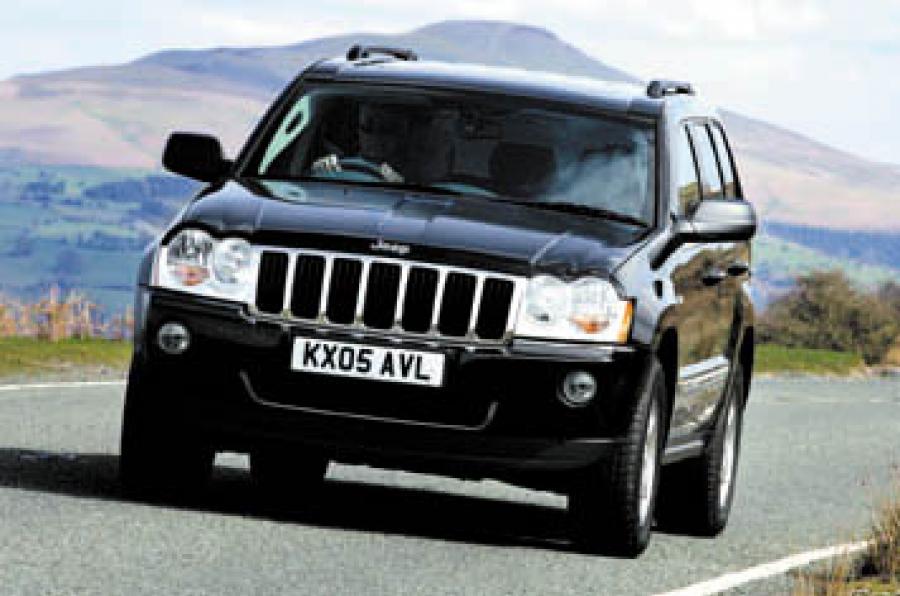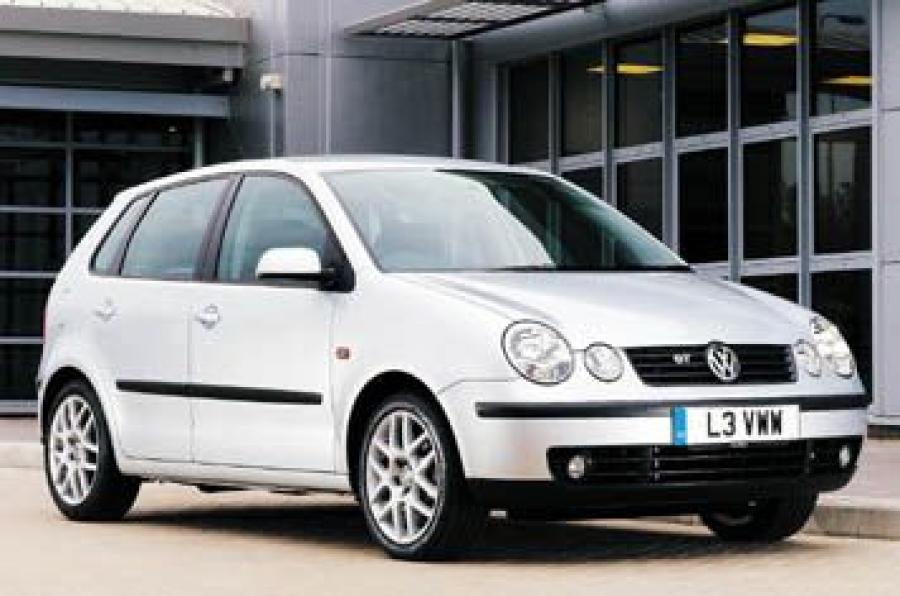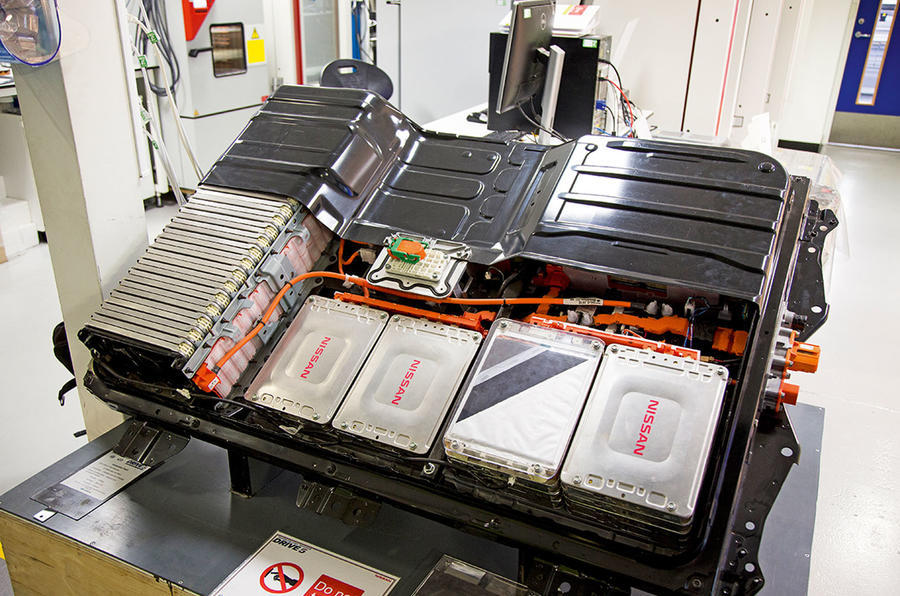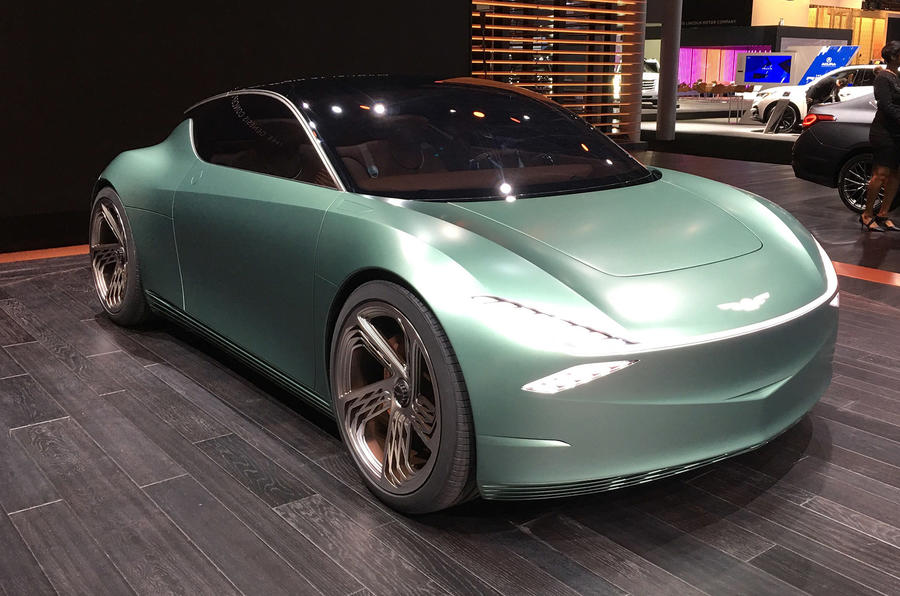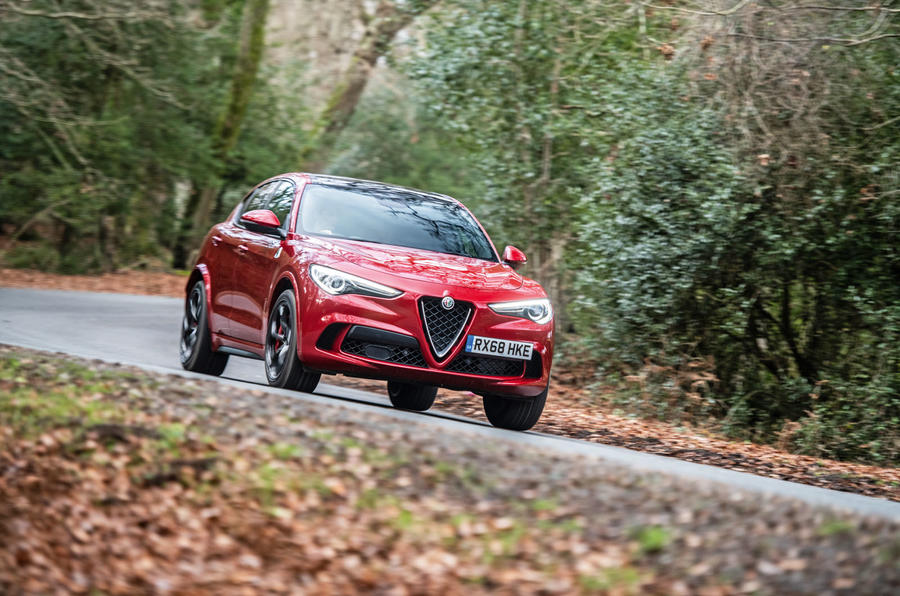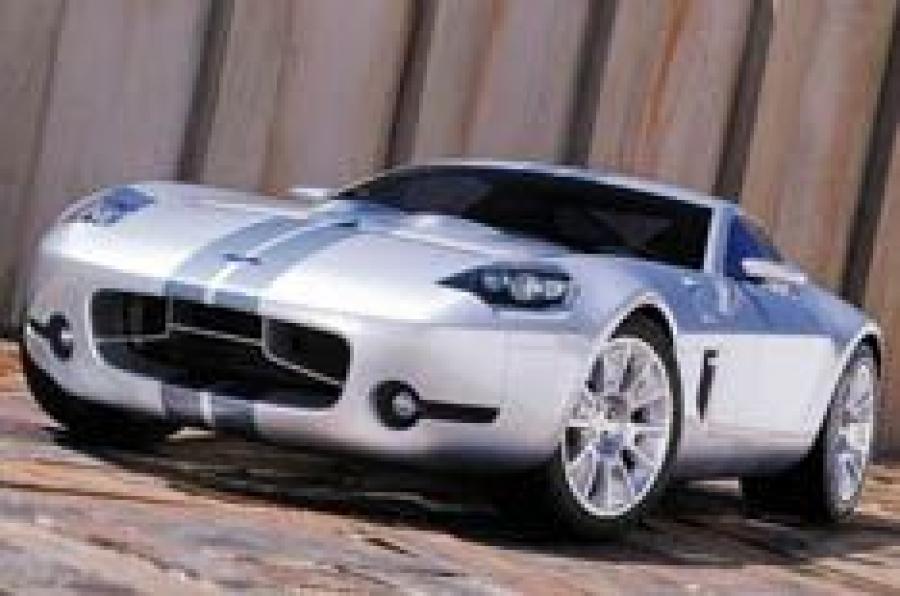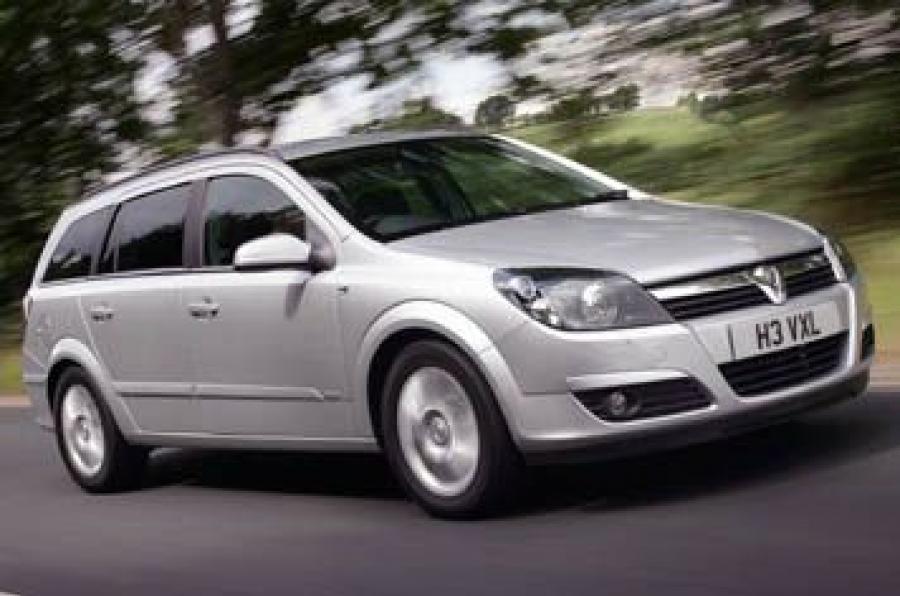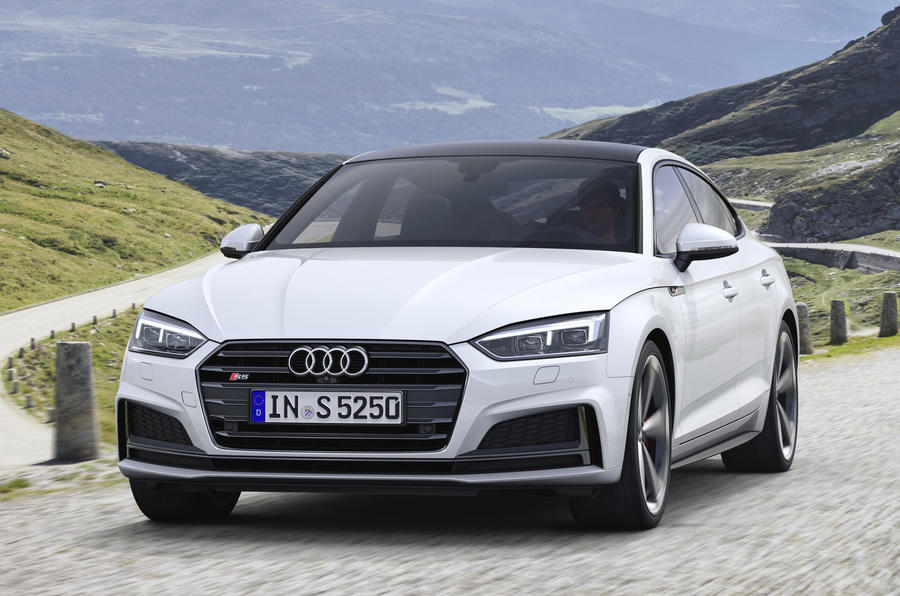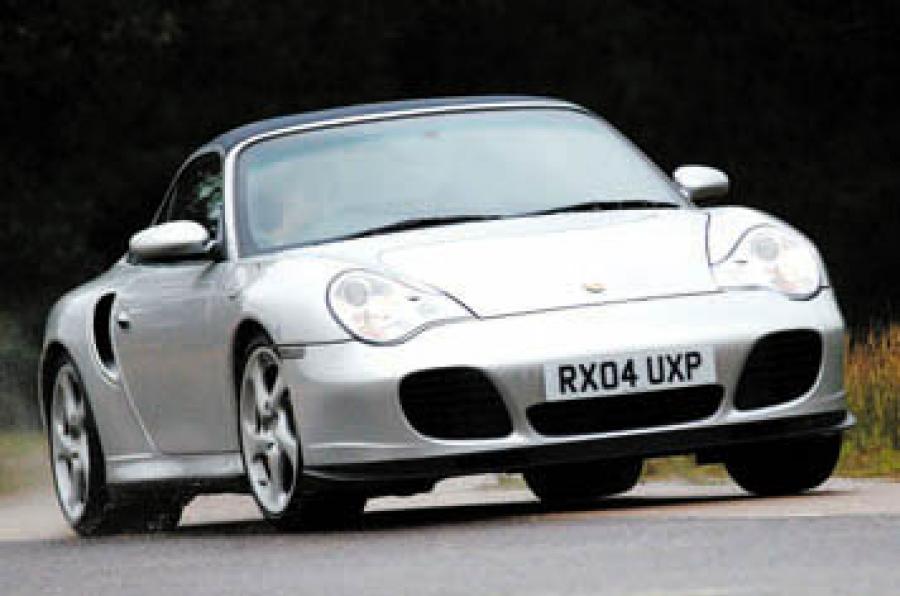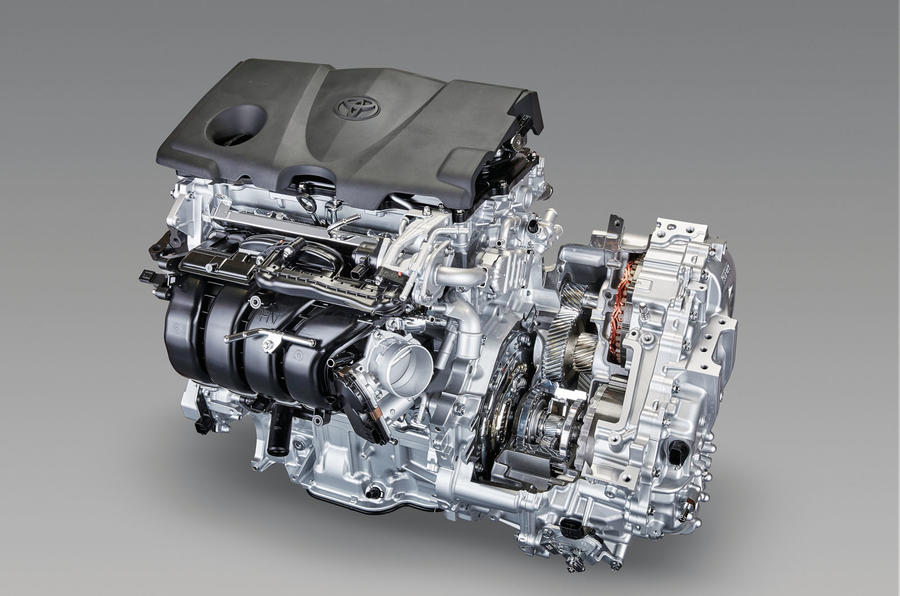
Toyota’s umpteenth incarnation of the Corolla is now on sale, mainly in Hybrid form. It’s billed as having an ‘e-CVT’, which at first had our news antennae all a-quiver.
In fact, e-CVT is simply another marketing moniker for essentially the same hybrid driveline concept Toyota came up with in the 1990s for the first Prius and has stuck with ever since. Originally called the Toyota Hybrid System (THS), it then also became Hybrid Synergy Drive (HSD), giving a nod to the fact that it was also used by Lexus and even sold to a couple of other car makers.
Swapping cogs, gear changing, shifting: whatever your favourite expression, gearboxes and cars go together like sticky toffee pudding and custard – unless it’s a CVT. Some drivers loathe the way a CVT’s soaring engine revs are disconnected from the car’s rate of acceleration – known as the ‘rubber band effect’.
The CVT was made famous by DAF when it launched the first production version, the Variomatic, in 1958. Instead of a complex box of cogs, it consisted of two pulleys of continuously variable diameter, connected by a belt. To give the lowest ratio (like first in a manual), the engine-driven pulley is at its smallest diameter and the second pulley, driving the wheels, at its largest.
As speed increases the engine-driven pulley gets bigger and the drive pulley smaller, increasing the ratio – so the car speeds-up. Controlled not by a computer but by a vacuum, it continuously and automatically adjusts for hills and harder acceleration or cruising. The design has been used by many manufacturers over the years, including Audi, Ford and Fiat.
CVTs are not all alike, though. Although Toyota offers a CVT in the new Corolla (but not in the UK), its hybrid drive e-CVT is nothing like the original Variomatic and there’s no belt. Instead, it consists of two electric motor-generators (MG1 and MG2) connected to a planetary gearbox. The whole caboodle has the engine at one end and the driven wheels at the other.
